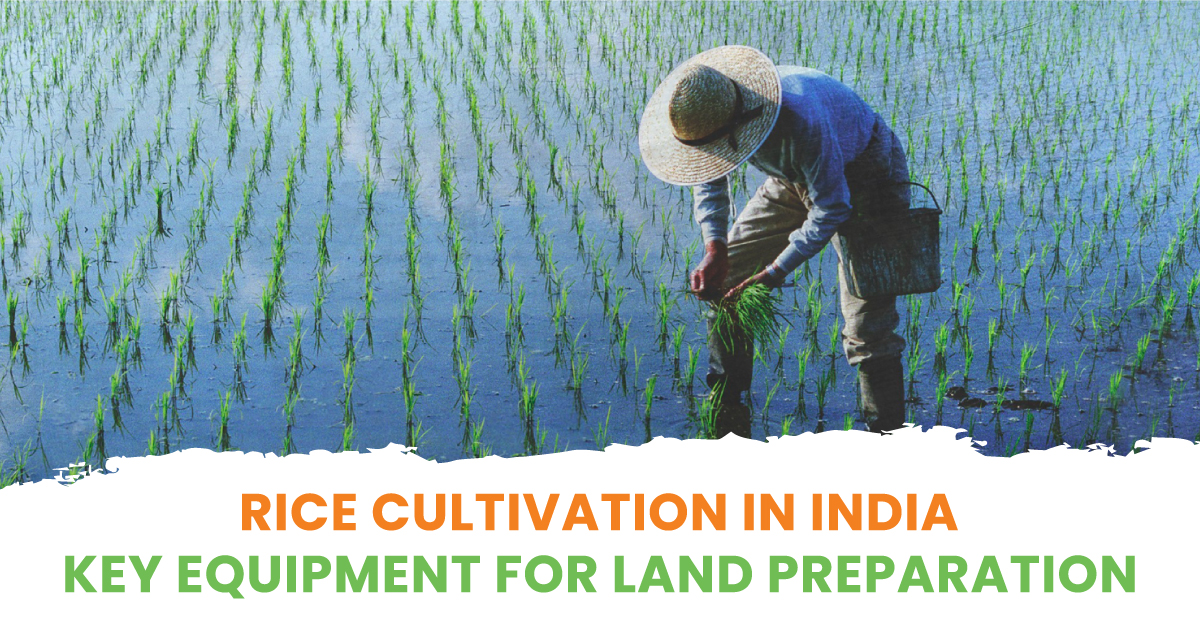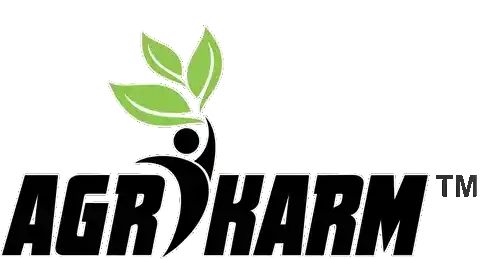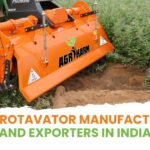
Rice Cultivation in India alongside Wheat is an important crop cultivated for Kharif and Rabi seasons to fulfill the needs of the booming Indian population.
This blog lists the agriculture equipment required for the land preparation of rice cultivation in India.
Importance of Land Preparation for Rice Cultivation
Land Preparation is essential for rice cultivation in farming as it directly impacts the growth, yield and overall health of the rice crop. Here’s why it is necessary:
- Weed Control: Proper land preparation helps to eliminate weeds, which compete with rice plants for nutrients, water and sunlight.
- Improves Soil Aeration: Tilling the soil improves aeration, allowing roots to access oxygen for root development and plant health.
- Water Management: Proper leveling of the field ensures uniform water distribution for even plant growth.
- Nutrient Availability: Helps in establishing a nutrient rich environment for the rice plants, leading to better growth and higher yields.
- Pest and Disease Control: By plowing and preparing the land, you can expose soil borne pests and diseases to the surface, their impact on the rice crop.
- Soil Structure Improvement: Proper preparation improves soil structure and reduces soil compaction, making it easier for rice roots to penetrate and access nutrients and water.
- Seeding Efficiency: A well prepared field allows for uniform seeding, leading to more consistent crop development and easier management.
Primary Agriculture Equipment for Rice Crop Cultivation
Primary agriculture equipment is crucial for rice crop cultivation in farming as it prepares the soil by breaking it up and turning it over, which is essential for creating a suitable seedbed.
Moldboard Plough
Function: It turns over the soil completely, burying weeds and crop residues while aerating the soil. It’s particularly effective in clayey soils.
Usage in Rice Cultivation: Used to break up and loosen the soil to a significant depth, making it ready for flooding and subsequent puddling.
Disc Plough
Function: Similar to a moldboard plow but with disc blades, it’s more effective in breaking hard, dry soil or soils with roots and stubbles.
Usage in Rice Cultivation: Suitable for initial soil breaking and works well in fields with heavy residue from previous crops.
Rotary Tiller (Rotavator)
Function: It mixes and pulverizes the soil, providing a finer tilth. Rotavators can be used for both primary and secondary tillage.
Usage in Rice Cultivation: After the initial plowing, rotavators help in breaking down clods and creating a smooth seedbed.
Agrikarm provides you with the best types of rotavators to help you with farming.
Chisel Plough
Function: Designed to minimize soil disturbance while loosening deep soil layers. It breaks up hardpan layers without turning the soil completely.
Usage in Rice Cultivation: Helps in deep tillage to improve drainage and root penetration, essential in rice fields that might have compacted layers.
Agrikarm’s plough is a reversible four shape plough with 180 degree rotational bodies.
Puddler
Function: Specifically used in rice fields, a puddler creates a waterlogged, fine seedbed by stirring the soil under flooded conditions.
Usage in Rice Cultivation: Essential in the final stages of land preparation before transplanting rice. It aids in water conservation and weed control.
Subsoiler
Function: Penetrates deep into the soil to break up compacted layers (hardpan) without disturbing the topsoil.
Usage in Rice Cultivation: Used occasionally to enhance drainage and root growth, especially in fields with a history of compaction.
Secondary Agriculture Equipment for Rice Crop Cultivation
Secondary agriculture equipment for rice cultivation in farming includes tools and machinery that prepare the soil after primary tillage, helping to refine the soil structure, control weeds, and prepare a suitable seedbed for rice planting.
- Harrows: Disc harrows or spring harrows are used to further break down the soil clods and level the field after primary tillage. They help in creating a smooth and even surface, which is crucial for rice cultivation to ensure uniform water distribution.
- Levelers: Laser or manual levelers are used to achieve a perfectly leveled field. A leveled field ensures uniform water distribution, which is critical for rice, as it requires standing water for proper growth.
- Cultipacker: This is used to crush soil clods, firm the soil, and create a fine seedbed. It is particularly useful after harrowing to prepare the soil surface for planting.
- Weeders: Power weeders or manual weeders are employed during the early stages of rice growth to remove weeds, ensuring that the rice plants do not face competition for nutrients and water.
Visit our website for more information about varied forms of rotavators.


 Admin
Admin 

